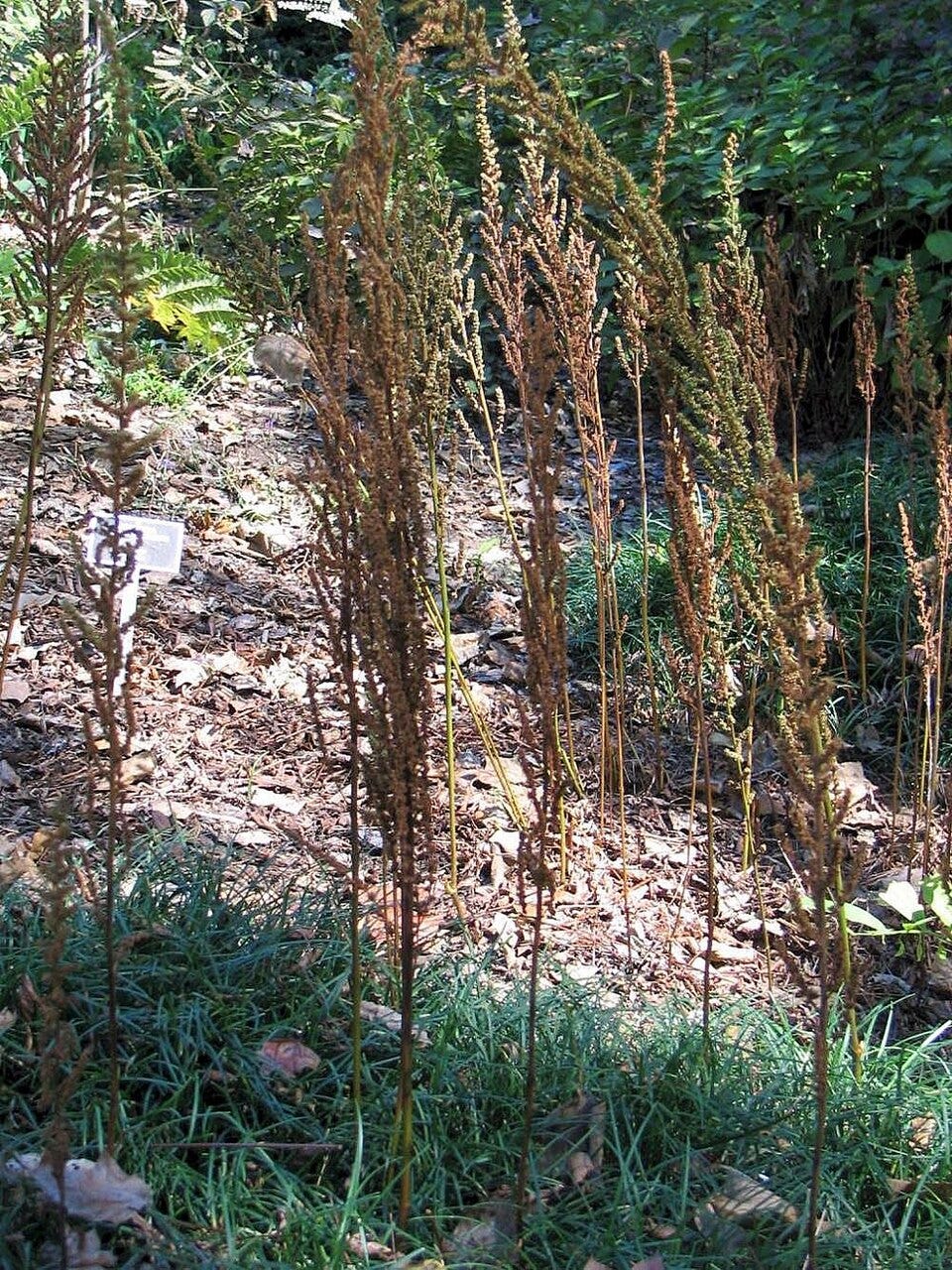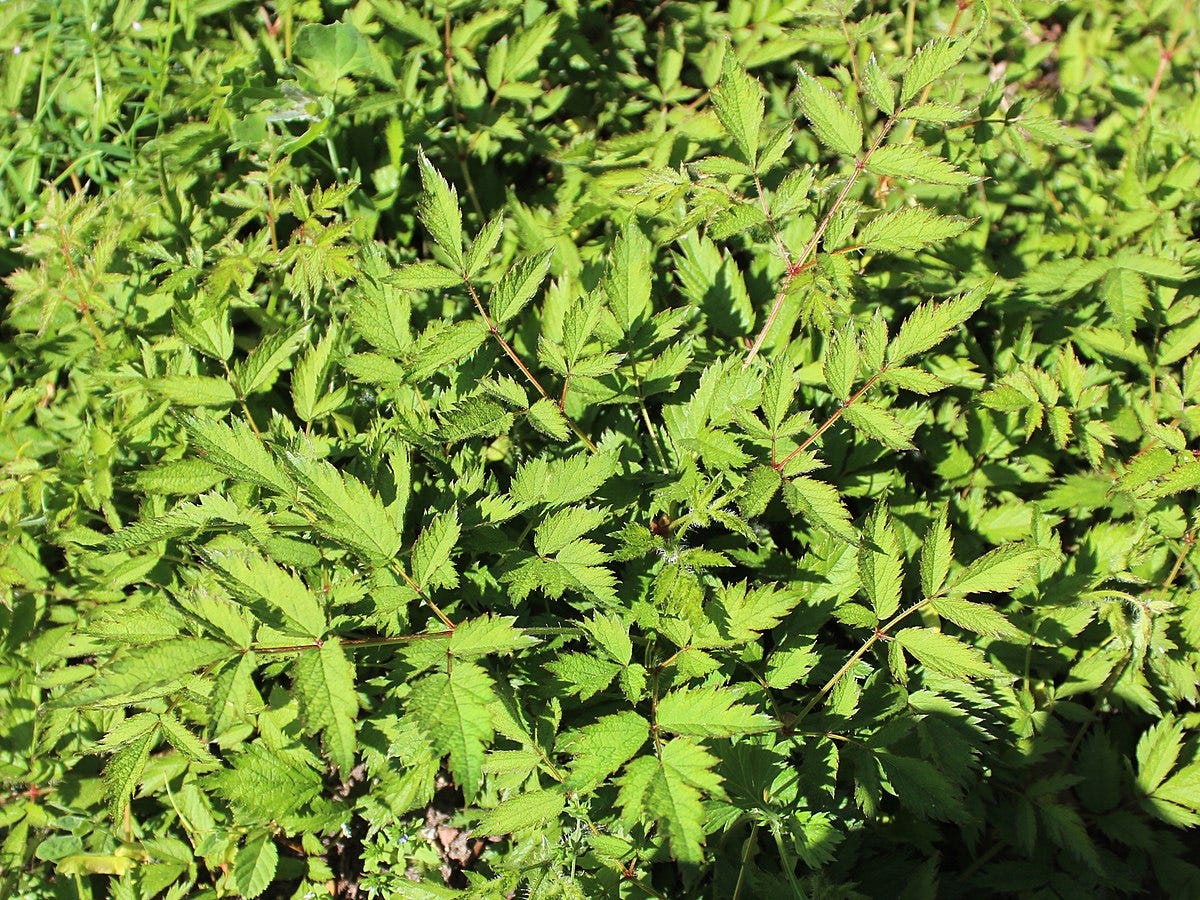How to Grow Astilbe
Astilbe will light up your shade garden with its colorful plumes of flowers.
What is Astilbe?
Astilbe (Astilbe chinensis) are flowering perennial plants that are native to Japan, Korea and eastern China. They are hardy in zones 4 – 8. Astilbe look like smaller versions of goatsbeard, one of our native plants but they are not related.
The plants are clumping, growing from rhizomes. They range in height from 1 to 3 feet and are 1 to 2 feet wide. The leaves look like the fronds of ferns because they grow along long stems. The leaves are also heavily serrated. They are attractive themselves after the plants have finished blooming.
The flowers are very tiny, growing in dense panicles. Panicles are clusters of flowers. The panicles give the plants their characteristic tall, colorful plumes of flowers. Flower color ranges from white to pink to violet. Bloom time is mid- to late summer.
The flowers can be harvested and used in cut flower arrangements. They can also be removed after they are spent, but no new flowers will grow. Astilbe only bloom once each summer.
You can leave the flowers on the plants after they die. They will retain some of their color after they are dried. Alternatively, you can harvest the flowers after they open and dry them for use in dried arrangements.

How to Grow Astilbe
Astilbes grow best in partial shade. They can tolerate morning sun, but will burn in afternoon or full sun, especially in the warmer regions of their range. They also like moist rich soil that drains well. Choose a shady corner of your yard to plant these beauties.
It’s best not to plant them under trees. The trees will compete with them for moisture. Plant astilbe well away from trees and shrubs so that they don’t have to compete for water with other larger plants.
Most gardeners buy their astlbe as plants from nurseries in either the spring or the fall. If you are planting bare root plants, dig holes that are deep enough that the crown of the plant (where the leaves will grow) will be 1 to 2 inches below soil level. Bare root plants are plants that you buy that usually come in bags wrapped in peat moss rather than in planted in soil in pots. Bare root plants tend to dry out no matter how carefully they are wrapped so it’s usually a good idea to soak the roots in water for 24 hours to rehydrate them before planting.
Plant your astilbe 1 to 3 feet apart. Don’t worry, the clumps will expand and gradually grow together. Plan on dividing them every 3 to 4 years.
Astilbe need 1 – 2 inches of water per week. If they don’t get enough water, the leaves will start to turn brown. If the plants are left without water for too long, they will die. If you experience a long dry spell of weather, keep these beauties well-watered. These are moisture loving plants.
Apply a balanced fertilizer such 10-10-10 in the fall after the plants have finished blooming. Astilbe are heavy feeders which means that they use a lot of nutrients so you need to replenish the soil every year with more nutrients to keep them healthy and growing.
In the fall, the foliage will die after the first frost. Resist the urge to cut it down. It’s best to leave it so that it can protect the crown of the plant from the cold winter weather. You can cut back the dead foliage in the spring after the last frost and before the new growth begins.

How to Divide Astilbe
You should divide your astilbe every 3 to 4 years to prevent them from becoming overcrowded. When plants are overcrowded, they don’t grow or flower well. Overcrowding also weakens the plants leaving them susceptible to insect infestations and disease.
Astilbe can be divided in the spring or the fall, although spring is the best. Use a garden fork to lift the rhizomes from the soil. Then use a sharp knife or pruners to cut the rhizomes into 12 inch sections. Make sure each section has its own leaves and roots. Discard any dead or diseased portions of the rhizomes.
Replant your new divisions in a shady spot, 1 to 3 feet apart. Be sure to plant them at the same depth as they were originally, with the crown of the plant 1 to 2 inches below the soil surface.
I am an Amazon affiliate. If you purchase something using one of my links, I may earn a small commission. This will not affect the price you pay. Thanks for your support!




